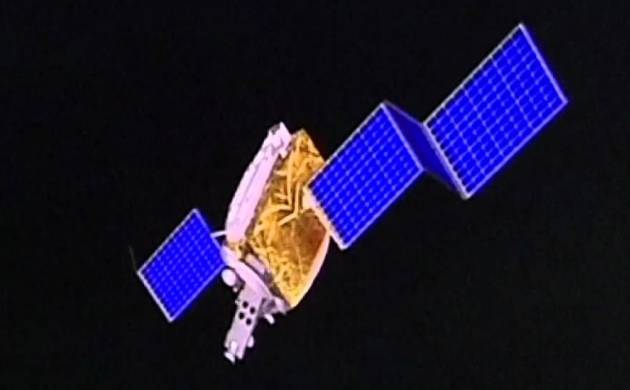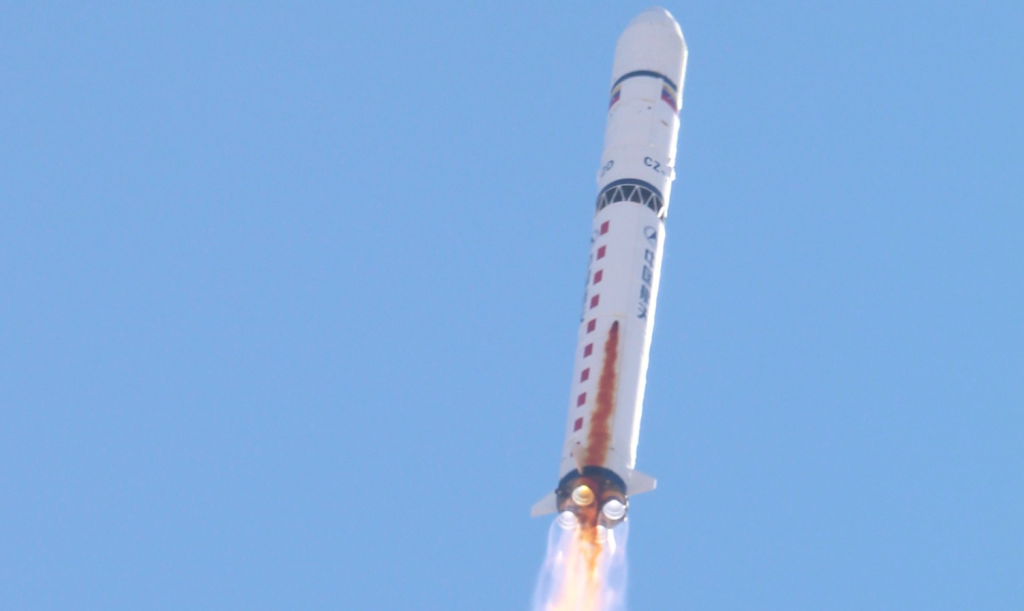Featured image credit: Xinhua
Lift Off Time | October 14, 2022 – 19:12 UTC October 15, 2022 – 05:12 BJT |
|---|---|
Mission Name | Yaogan 36 Group 02, three Chinese reconnaissance satellites |
Launch Provider | China Aerospace Science Corporation (CASC) |
Customer | Chinese Ministry of National Defense |
Rocket | Long March 2D |
Launch Location | LC-3, Xichang Satellite Launch Center, China |
Payload mass | Unknown, a maximum of 1,300 kg (2,900 lbs) based on orbital parameters |
Where did the satellites go? | 499 x 486 km low-Earth Orbit at 34.99º |
Did they attempt to recover the first stage? | No, first stage recovery is not a capability of the Long March 2D |
Where did the first stage land? | It crashed on land in North-West China |
Did they attempt to recover the fairings? | No, fairing recovery is not a capability of the Long March 2D |
Were the fairings new? | Yes |
This was the: | – 68th launch of a Long March 2D – 138th orbital launch attempt of 2022 |
Where to watch | Unofficial Replay |
How Did It Go?
The China Aerospace Science Corporation successfully launched three Yaogan 36 Group 2 reconnaissance satellites into a ~500 km circular low-Earth orbit of 34.99 degrees. The trio of satellites are thought to be equipped with solar sails, which the CASC has been testing to expedite the deorbiting of the spacecraft. The three satellites were successfully placed in orbit by a Long March 2D rocket, which launched from Xichang Satellite Launch Center, in China.
Yaogan Satellites
As with most reconnaissance satellites, very few specifics of the actual satellites are known. However, the Chinese government has released some information about the Yaogan constellation. Currently, there are ~100 Yaogan satellites in a variety of orbits, ranging from 35° to 100° and orbital altitudes from 480 km circular orbits to 1,200 km eccentric orbits.
The Yaogan constellation is a Chinese reconnaissance constellation. According to Chinese media, the satellites are used for scientific experimentation, surveying land, assessing crop yields, and monitoring disasters. However, the satellites are likely also used for reconnaissance operations by the Chinese Ministry of Defense.

It is thought that the Yaogan 36 Group 02 satellites are equipped with a solar sail — a large piece of thin foil that is deployed in orbit. By angling the sail, the satellite is able to use the solar wind to move around, including getting velocity changes. China has been using this technology to demonstrate quicker deorbits of some satellites.
What Is The Long March 2D?
The Long March 2D (also known as the Chang Zheng 2D, CZ-2D, and LM-2D), is a two-stage rocket, predominantly used for launching satellites to low-Earth orbit (LEO) and sun-synchronous-orbit (SSO). The Long March 2D is a two-stage version of the Long March 4, and is the smallest of all the active Long March rockets.
The rocket’s maiden flight was on August 9, 1992, and it has since had a near-perfect launch history, with the only incident being a partial failure on December 28, 2016.

First Stage
The first stage is 27.91 m in length and uses oneYF-21C engines. YF-21C is the name given to the engine when it is part of a module comprised of four YF-20C engines, which burn dinitrogen tetroxide (N2O4) and unsymmetrical dimethylhydrazine (UDMH) in a gas generator cycle. Each engine produces 731 kN of thrust at sea level, with a specific impulse (ISP) of 259 seconds. In a vacuum, this increases to 816 kN of thrust with an ISP of 289 seconds due to the larger pressure difference between the MCC and environment.
Second Stage
The second stage is 10.9 m in length and uses a single YF-24C engine; similarly to the first stage engines, the YF-24C burns dinitrogen tetroxide (N2O4) and unsymmetrical dimethylhydrazine (UDMH) in a gas generator cycle. The name YF-24C means it is part of a module comprising a YF-22 engine and a YF-23 vernier engine for attitude control.




